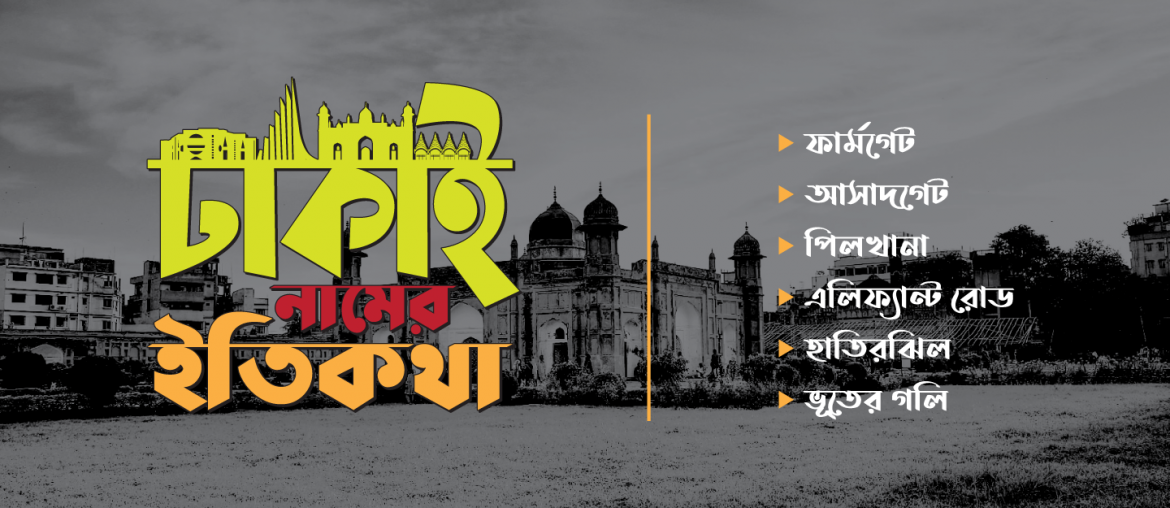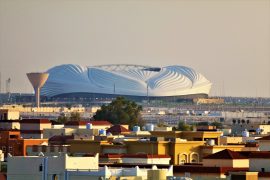Have you ever wondered how different areas of Dhaka got their names ? We did and so we started digging into the mysteries behind the names and created a series called “ How Different Areas of Dhaka Got their Names ”.
In the first part, we already uncovered the mysteries behind the interesting names of Shahbag, Sat Masjid Road, Gandaria, and Dhanmondi. In this part, we will find out how Farmgate, Asad Gate, Pilkhana, Elephant Road, Hatirjhil, Hatirpul, and Bhuter Goli got their names as well as the stories behind them.
Farmgate
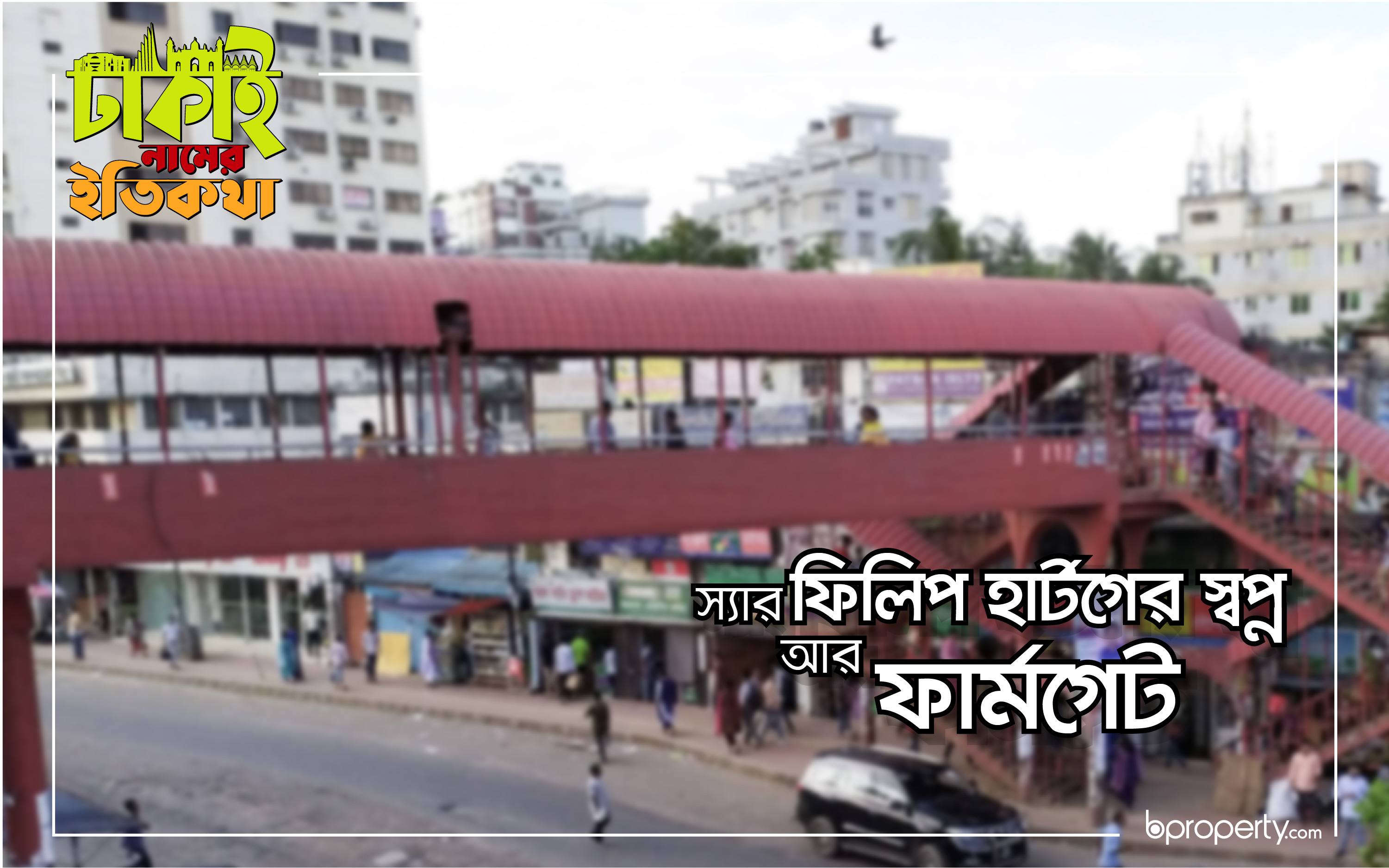
Before we discuss how Farmgate got its name, we need to talk about Sir Philip Hartog. He was a British chemist and educationalist. He spent most of his life doing educational development as well as promoting it. As a reward, in 1930, Hartog received the honors of the Knight Commander of the Order of the Britsh Empire. However, Sir Philip Hartog is best known for his role as the first Vice-Chancellor of Dhaka University.
Now if you are wondering how Sir Philip Hartog is related to the naming of Farmgate, bear with us. Hartog was optimistic about the prospect of our agricultural revolution including livestock resources, the leather industry and so on. Considering that was one hundred years ago, he was way ahead of his time. In his five years’ tenure, he contributed immensely in the area of public welfare as well as development. In 1922, Sir Hartog was elected as the president of the ‘Dhaka Technical and Vocational Educational Committee’. The purpose of this committee was to eradicate the unemployment problem from the economically exhausted Bengal.
Eventually, the government decided to create a ‘Firm’ or ‘Khamar’ for the purpose of agricultural research and development. Following that, an agricultural institute was established. It was the main gate of the institute or ‘firm’ that ultimately gave the area its name that we came to know as today!
So, if you ever got into thinking how Farmgate got its name while sitting in traffic or crossing the road by the overbridge and you remember Sir Philp Hartog, you won’t be wrong at all.
Asad Gate
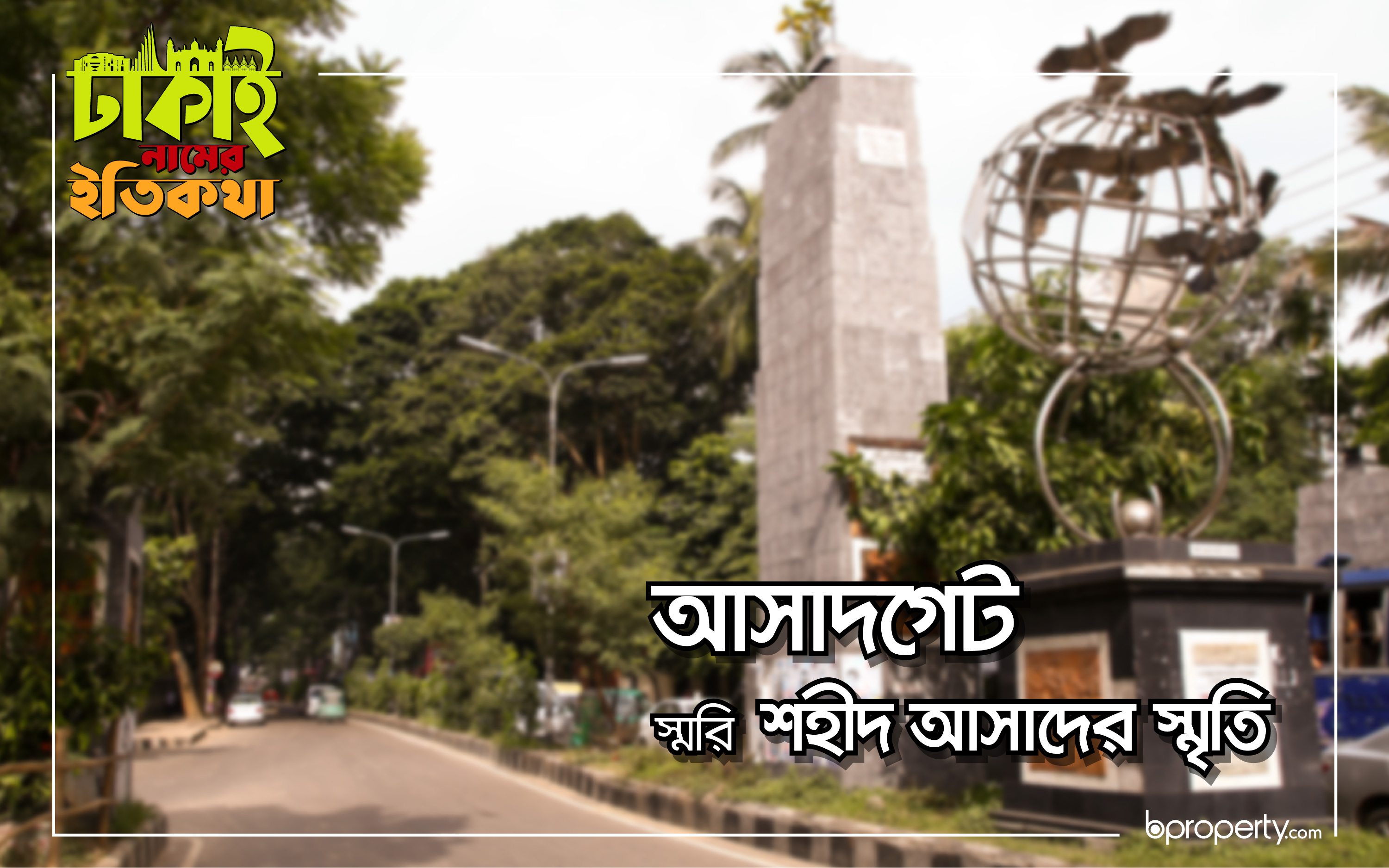
In the year 1969, the fall of dictator Ayub Khan and the demand for the withdrawal of the Agartala conspiracy case swept across the country. Rock-solid movements, processions, and strikes overwhelmed the Pakistani abolitionists and shook them to their core.
What followed, was exactly what all abolitionists do: at the order of the governing authority, police opened fire on the protesting student leaders. Among many, student leader Amanullah Muhammad Asadujjaman Asad was killed. They thought they could corner the enraged Bengalis but the opposite happened. Deeply remorse, poet Shamsur Rahman wrote-
গুচ্ছ গুচ্ছ রক্তকরবীর মতো কিংবা সূর্যাস্তের
জ্বলন্ত মেঘের মতো আসাদের শার্ট
উড়ছে হাওয়ায় নীলিমায়।
Infuriated, poet Helal Hafiz wrote-
এখন যৌবন যার মিছিলে যাবার তার শ্রেষ্ঠ সময়
এখন যৌবন যার যুদ্ধে যাবার তার শ্রেষ্ঠ সময়।
People across the country became furious and decided to erase Ayub Khan’s name from everywhere. Overnight Ayub Khan’s name was removed from the park, road, and other monumental establishments and changed. The road beside the National Parliament of Bangladesh that goes towards Mohammadpur was called Ayub Gate. In memoriam of martyr Asad, the gate became Asad Gate.
Although Asad was not martyred at this place, the students renamed this place Asad Gate as he sacrificed his life in the anti-Ayub movement. The arcade that you see there is the commemoration of Asad’s sacrifice.
Pilkhana
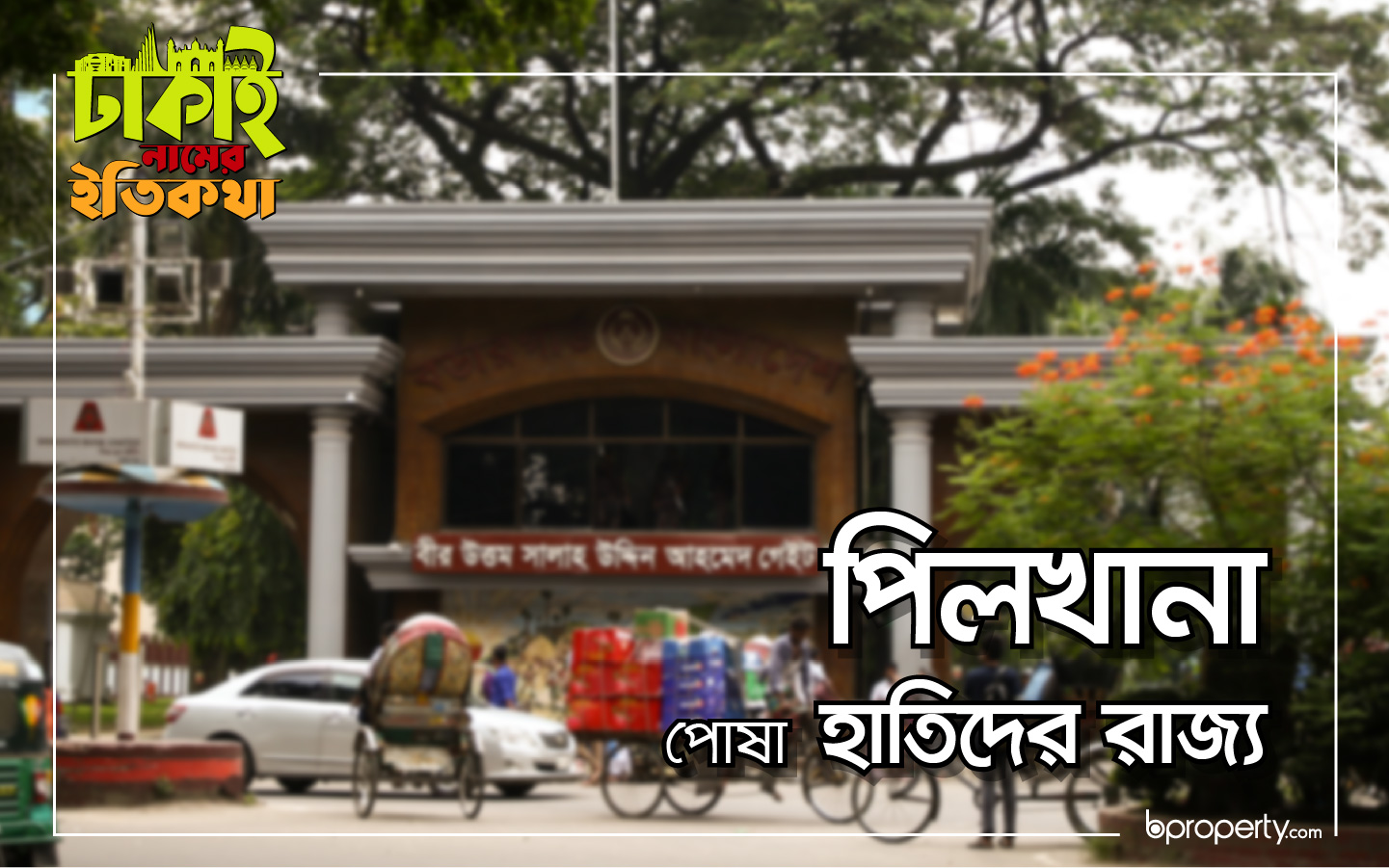
The history behind the name of this area is pretty interesting and directly connected to the Mughal period or the British period. The Mughal period was the period of kings, emperors, and nawabs. At that time elephants were abundant and mainly used for war and travel. There was a special department called ‘kheda’ which was established during the Mughal period and lasted until the British period. The task of this department was to take the wild elephants from the Chittagong Hill Tracts and prepare them through rigorous training.
The place where they kept the wild elephants, eventually, was named Pilkhana. ‘Phil’ in Arabic refers to elephant and so the area came to be known as Pilkhana. The British or Mughal periods are long gone so as Elephants but the name Pilkhana remains the same.
Another area that directly incorporated ‘elephant’ in its name is Elephant Road which is not far from Pilkhana. So, is there any connection between Pilkhana and Elephant Road?
Elephant Road
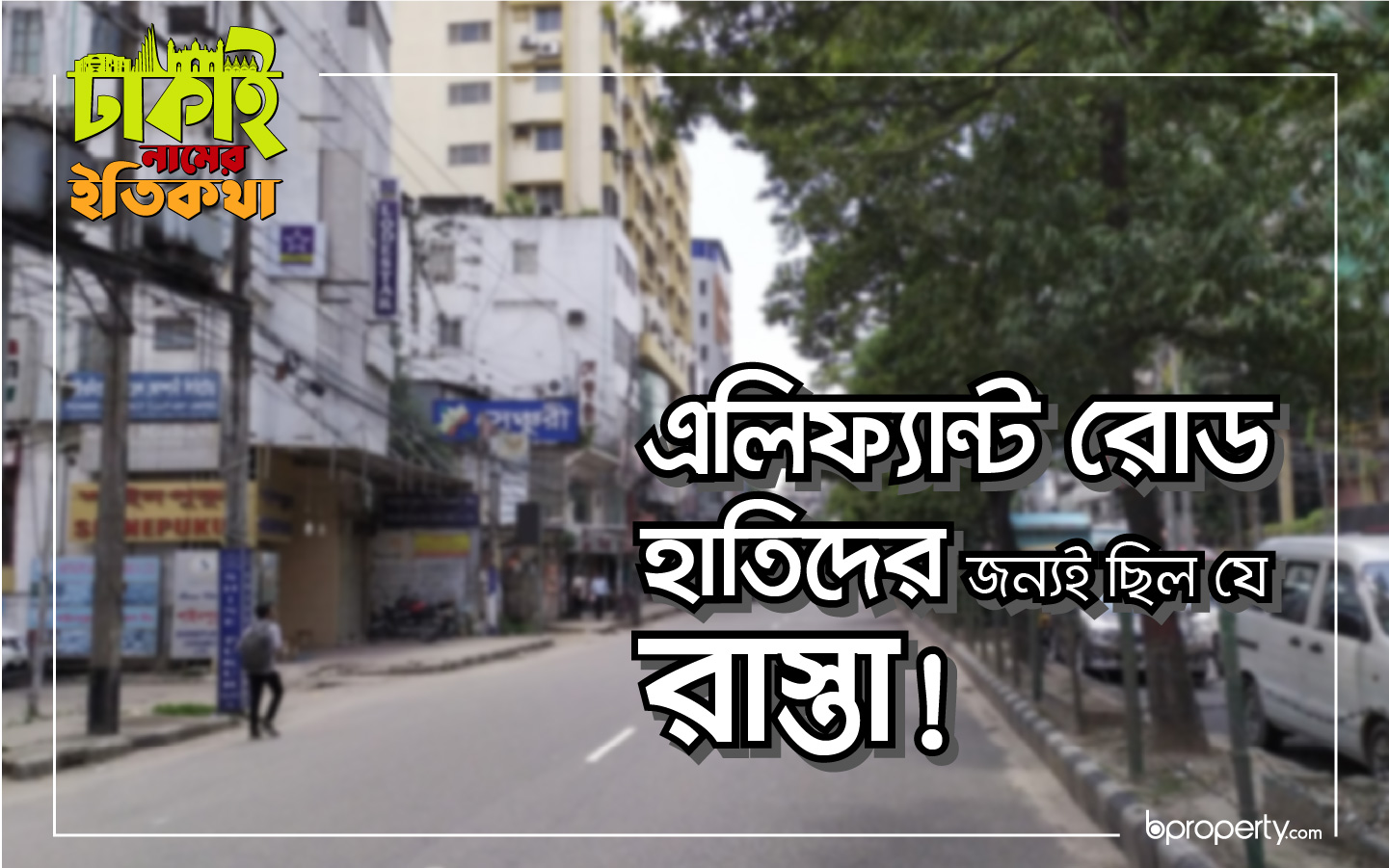
The history behind the name of this area is simple. But still, a little backstory is necessary. Earlier we mentioned that Pilkhana was allotted to keep the elephants but do you know there was also a separate road for elephants too? Elephants were needed to be taken to Ramna from Pilkhana for grazing. And with the evolution of time, the road by which the elephant riders used to take their elephants for grazing, was named and is still known as “Elephant Road”.
Hatirjheel
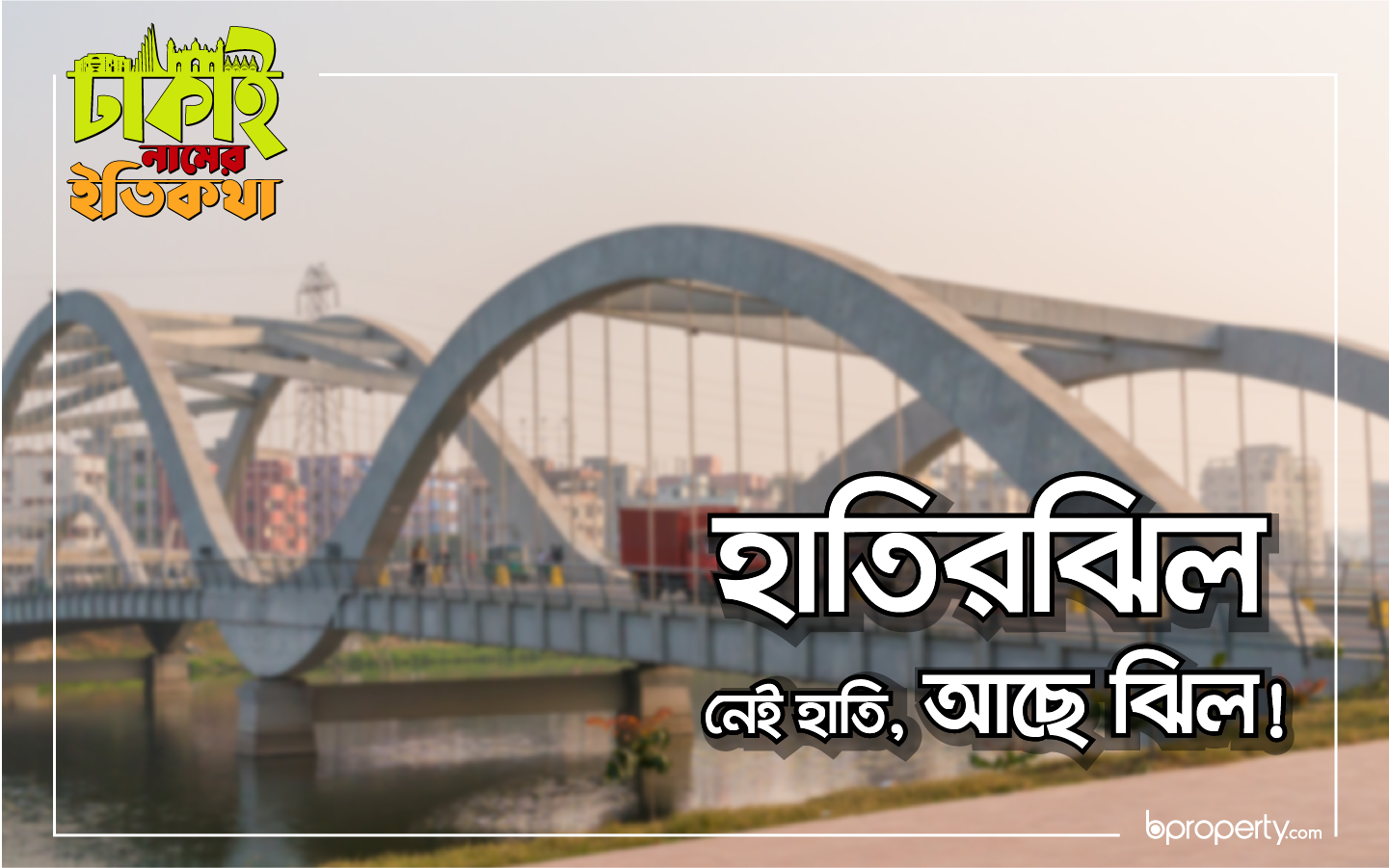
An elephant’s fondness for water is not an uncommon fact. Elephants love to play with water. So whether it’s for bathing or aquatics, elephants had to be taken to the water. Specifically speaking, present-day Ramna was designated as the grazing place for elephants because of its reservoir.
The reservoir that was used by these elephants for various purposes ultimately came to be known as Hatirjheel (Jheel refers to reservoir). There was also a wooden bridge between Pilkhana and Hatirjheel, which eventually influenced the naming of Hatirpul.
Only a few decades ago, you could see there was no shortage of canals around Hatirpul. Which today is hard to find because of overpopulation and urbanization. Also, there is no sign of the wooden bridge either. Although Hatirjheel still exists, the once area allotted for elephants is today the place of entertainment for people.
Bhooter Goli
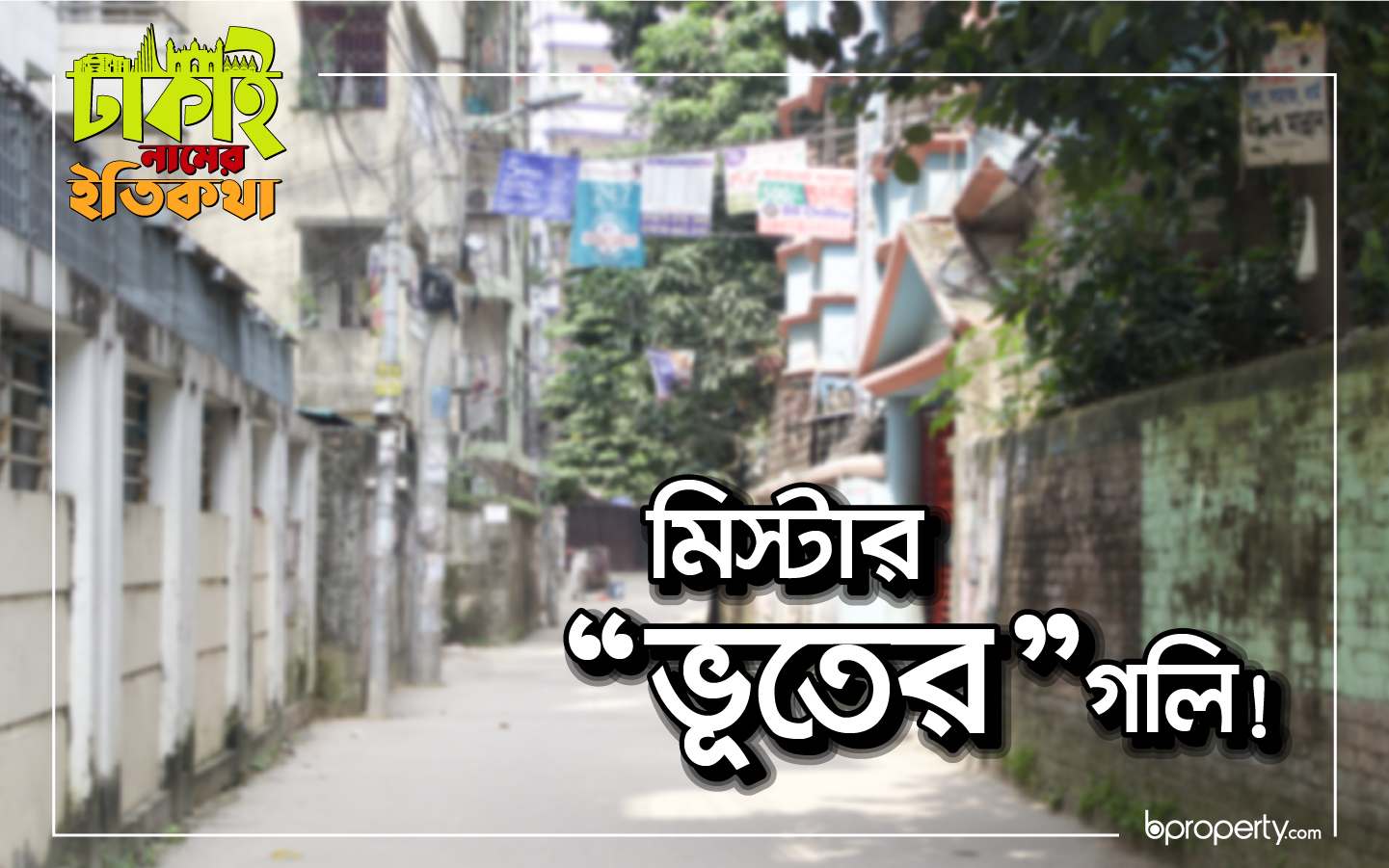
Now after reading all this, if you decide to wander a bit around Hatirjheel, Hatirpool, and Elephant Road, you may come across a peculiar road named “Bhooter Goli” (Ghost Lane). Strange name for a road indeed. So, is this where ghosts lived? Or did all those ghosts from fiction just hang out in this alley?
Sorry to disappoint, but this is not the reason behind the naming scheme. It is not 100% certain but rumor has it, in the British period, an English man named “Mr. Both” first started living in this area. And eventually, everyone started calling the area ‘Both er Goli’, after him. Over time the name got corrupted and became ‘Bhoot er Goli’.
Do you know Gendaria also got its name the same way? To know more about that click here.
There you have it. This was the second part of our three-part series called “ How Different Areas of Dhaka Got their Names ”. In the next part, we will look into the stories behind the names Malibag, Kakrail, Wari, and a few other places.
Keep an eye on Bproperty’s Facebook page to know more about these kinds of interesting facts. And if you have any information regarding your area name, don’t forget to share it with us. Also, let us know your thoughts on this article in the comment section below.

